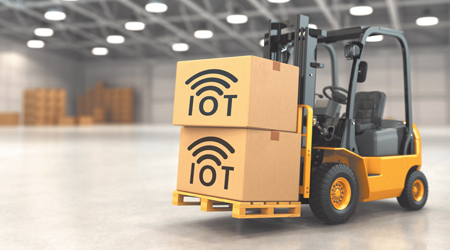
This is part one of a four-part article about how the Internet of Things fits into jan/san distribution.
As consumers continue to travel at full speed along the information superhighway — using devices such as televisions, watches and thermostats that are able to aggregate useful data about their entertainment, exercise and energy consumption — the janitorial supply industry is slowly getting in gear with the emerging technology known as the Internet of Things, or IoT.
But to what extent distributors will be participating is anyone’s guess.
In front of jan/san distributors are a variety of internet-connected products developed by cleaning industry manufacturers. These IoT products allow for the collection of data on many major tasks performed by in-house cleaning departments and building service contractors, who can then tap into this data on their smartphones, tablets and computers through cloud-based software platforms. The aggregated information can provide these end users with the means to create more efficient operations through cost reductions and increases in revenue.
The role of a jan/san distributor in the IoT movement fundamentally makes sense, because distributors have the local contacts and relationships with end users, says James Keough, vice president of marketing at Triple S, Billerica, Massachusetts. These relationships could potentially position distributors to help end users analyze their data and make decisions based on the findings.
“We see the distributor playing a key role in bringing the technology to end users, to bring them new innovation and new ways to keep their facilities clean and healthy,” he says. “A manufacturer can’t cover every business in the United States. It’s just impossible. And that’s why we have distribution.”
The key for distributors, however, is to understand the broad value of IoT technology to their customers, says Keough.
“We live in a world now where everything can be measured. The general public is demanding healthier and cleaner facilities,” he says. “Any market segment that is regulated, such as healthcare, foodservice and food-processing operations, or public and semi-public entities that have put mandates on themselves to operate at higher standards, such as colleges and universities, are the markets we see with initial demand.”
Distributors Can Market IoT As A Value-add

 The Down and Dirty on Cleaning in Virus Season
The Down and Dirty on Cleaning in Virus Season How Surfactant Use is Expanding in Commercial Cleaning
How Surfactant Use is Expanding in Commercial Cleaning Maximize Your Margins: Learn How to Automate Pricing and Track Rebates
Maximize Your Margins: Learn How to Automate Pricing and Track Rebates